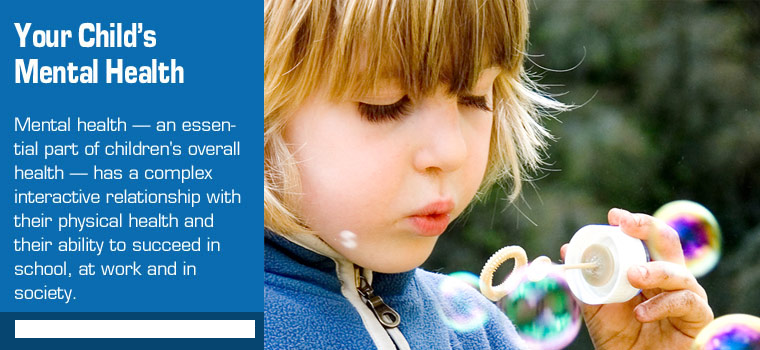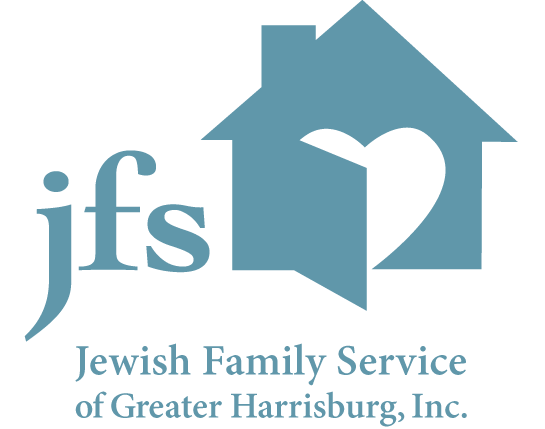As parents, untangling all the different mental health options available and appropriate for your child is challenging to say the least. The levels of care build upon each other and when one option has failed to help, your child moves onto the next. Each level of care becomes increasingly demanding, involved, and intense. The levels are based on the concept of least restrictive environment to most restrictive environment. Let’s break these services down.
Please note this is a highly complex and nuanced topic. Always consult your mental health professional for specific guidance with your child.

NAMI=National Alliance on Mental Illness
Please refer to this excellent article from the National Alliance on Mental Illness which outlines the types of mental health professionals in an understandable way. And always refer back to NAMI when going onto the internet to understand anything and everything mental health. Be wary that there are many scary and incorrect things you can read on the internet so stick with the NAMI website.
Outpatient Therapy
This treatment takes place in a therapist’s office, mental health clinic, or via telehealth. This is the first level of care when there is a mental health need for your child. In outpatient treatment, one learns to cope with stressors and manage mental health symptoms. Treatment can range from short-term therapy to long-term treatment with multiple goals. While one person may be able to manage their symptoms with an hour or two of mental health treatment per month, another person may need more support and structure. Outpatient services are ideal because they can be tailored to provide each patient with the right treatment plan. For children, this often includes play therapy, where they “tell their story” and process their experiences through play with a trained therapist, or art or music therapy. For older children, office or school-based talking therapy, and can include psychiatric services if necessary to assist symptom management through medication.
Medication Management
Medication management means consulting with a Psychiatrist to manage psychotropic medications. These medications are not to replace therapy, but to reduce the impact of symptoms so that the person can focus and use therapy. This level of service is often used at the same time as ALL the other levels of care. Primary Care Doctor’s often also prescribe and monitor medications once a person is stable on medications.
Specialized Outpatient Therapies
Sometimes there is a need to see someone with a specific skill set to address issues in addition to any other level of services. These services may include Trauma Therapy, Dialectical Behavior Therapy (DBT), and therapy for sexualized behaviors. Dialectical Behavior Therapy may also be necessary when an individual has two diagnosis at the same time, such as substance abuse and mental health issues, or behavioral issues and an intellectual disability.
In-Home Behavioral Services=IHBS
This next level of care takes place in your home and is an individualized, strength-based intervention designed to improve mental health conditions that interfere with your child’s functioning. This is aimed at helping to build skills necessary for successful functioning in the home and community. It is focused on the behaviors associated with issues. Additionally IHBS seeks to improve your child and family’s ability to help them successfully function in the home and community.
Your child will be evaluated and found to need this level of services. The assessing agency will work with the parent and child to develop an Individual Treatment Plan (ITP) with specific goals . This plan is required before the child is assigned to an agency. Once accepted for service, different practitioners will come into your home or work with the child in the school or community. These can include a Behavior Consultation (BC), Mobile Therapy (MT), and a Behavioral Health Technician (BHT). These professionals will visit a couple times per week to provide therapy to your child and family members to work on identified goals. Therapy may also be used to help your child process emotional difficulties, trauma, and other behavioral health problems.
Applied Behavioral Analysis=ABA
One specific type on In-Home Behavioral Service that may be recommended is called Applied Behavioral Analysis or ABA. This is a specialized therapy that explores why a behavior occurs, uses specific interventions based on why it occurs, and intends to increase desired behaviors. It teaches children positive behavior while discouraging the negative. This type of therapy was originally used for children with Autism, is data driven, and has been found to be quite effective for all different types of children.
SPIN=Specailized In-Home Treatement
This service is specifically designed for youth with sexual-behavior issues. SPIN’s mission is to reduce sexual victimization by providing treatment services to youths who sexually act out or offended—and by providing education and treatment services to family members of those who sexually act out or offended, so that the youths have support to maintain low-risk behaviors. SPIN therapists typically come to your home 2-3 times per week for up to a year and will work with the whole family. Their primary goal is safety for all family members at all times.
Multi-Systemic Therapy=MST
Multi-Systemic Therapy (MST) is an evidence based intervention created for adolescents aged 12-17 years who struggle with chronic, delinquent behavior and/or severe emotional issues. This 3-5 month program supportively and proactively addresses troublesome behaviors and helps your child and family move in a positive direction. MST focuses on the caregiver as the center for change. By empowering the caregiver, building natural supports, and setting expectations, you can shift the family system and lead the entire family to positive growth and change. This type of intervention can be accessed through a self-referral; you do not need prior insurance approval or a doctor’s referral.
Family Based Mental Health=FBMH
Family Based Mental Health Services are different than other therapies in significant ways. First, unlike In-Home Behavioral Services that focus primarily on the child, Family Based is for the entire family, including all caregivers and other children in the home. Second, the family is involved with two therapists who work together to coordinate treatment. The Family Based therapists visit your home to explore patterns within the family system and develop ways to be more effective in managing the stressors of caring for your child. Your team works to help you establish your family’s goal of positive change, with specific tasks for your child to learn coping, self-regulation, and increased resilience. The Family Based team helps caregivers be emotionally supportive by building a strong co-caregiver alliance. This happens through learning to listen, validating, and guiding each other toward self-soothing experiences, developing structure within the family, and building relationships both inside and outside of the home. Other ways FBMH can be helpful is giving you space to be heard, to come together to develop a cohesive partnership, and to explore ways to better manage your child’s behaviors. The Family Based Team typically comes to your home 2-3 times per week for up to 10 hours weekly, and they provide 24/7 backup by phone for crisis management. This service must be recommended by a psychiatrist or psychologist, and lasts for 8 months.
Partial Hospitalization
The Child and Adolescent Acute Partial Hospitalization Program (CAAPHP) provides an intensity of treatment similar to that available on an inpatient unit, in a less restrictive, community-based setting. This short-term, intensive level of care allows patients to benefit from consistent, structured treatment while maintaining their usual living arrangements with their families in the communities. Acute partial hospitalization programs can provide a “step down” level of treatment for those discharged from inpatient programs, or a “step up” level when outpatient treatment is not effectively meeting a child’s needs. The 2-3 week period of treatment may also include evaluation for special education services, medication changes under supervision, and recommendations for levels of community treatment previously described. This program doesn’t need a referral from a professional: parents can call and ask for their child to be placed in the program.
Inpatient Hospitalization
Inpatient hospitalization will only be approved if your child is a danger to self or others. The criteria for admission is rather complex and can be read here. If you feel your child is suicidal or a danger to self or others they should be evaluated, and if they calm down and are okay, you can go home. If you have IBHS or FBMH, call the therapist and ask for support, or create our own crisis plan and use that before sitting in the ER. These types of hospitalizations can lead a family to receive some of the above mentioned services on the fast-track. Unfortunately due to Covid and our Country’s subsequent mental health crises, the availability of pediatric beds is severely limited. Going to the ER to receive inpatient psychiatric care can include sitting in that ER for an extended period of time while awaiting a bed. This is not an advisable option in today’s milieu, however, we encourage you to have your child evaluated if they are suicidal, making statement of self harm, or are a danger to others.
CRR Host Home=CRR
Community Residential Rehabilitation—Host Home (CRR-HH) is an intensive level of care provided by specific agencies approved locally and across PA. Your child will be removed temporarily from your home with your agreement and placed in a home designed for children with severe emotional or behavioral problems. Treatment is individualized to the needs of your child in a nurturing and therapeutic family environment. All CRR Host Families undergoes extensive training in managing children’s complex mental health issues. Children are under the care of both a family therapist who provides individual and family therapy to you and the child, but also a case manager who ensures that the child’s physical and educational needs are met. Because returning home is the ultimate goal, your family also receives therapeutic services. The idea is that your child will be able to return home once they learn better regulation and coping skills and the family grows in conjunction with the child’s healing. Generally the child is in this type of program for 6-12 months.
Residential Treatment Facility=RTF
A Residential Treatment Facility (RTF) is a place where children and teenagers live temporarily (4-18 months) to get treatment for severe emotional and/or behavioral disorders that cannot be managed in the community. This level of care is only for children who cannot be safe at home to receive community-based treatment or whose mental health symptoms have caused multiple inpatient hospitalizations. Doctors, therapists, social workers, and child care workers help children in RTFs, who live at the facility full-time. RTFs are most helpful when families are involved in their child’s care, and participate in family therapy that will be offered, as well as visiting when permitted. RTFs are not permanent places for children to live. They are also not places for children to live if they cannot live with their parents. There are many RTFs in the state, and you will be offered options if this service is recommended so that you can choose the program you want for your child. Choosing an RTF close to your home will make it easier for you to be involved. This level of care is only ever an option once all of the above services have been tried and found to be unsuccessful, as it is the most restrictive and highest level of mental health care available to your child.





